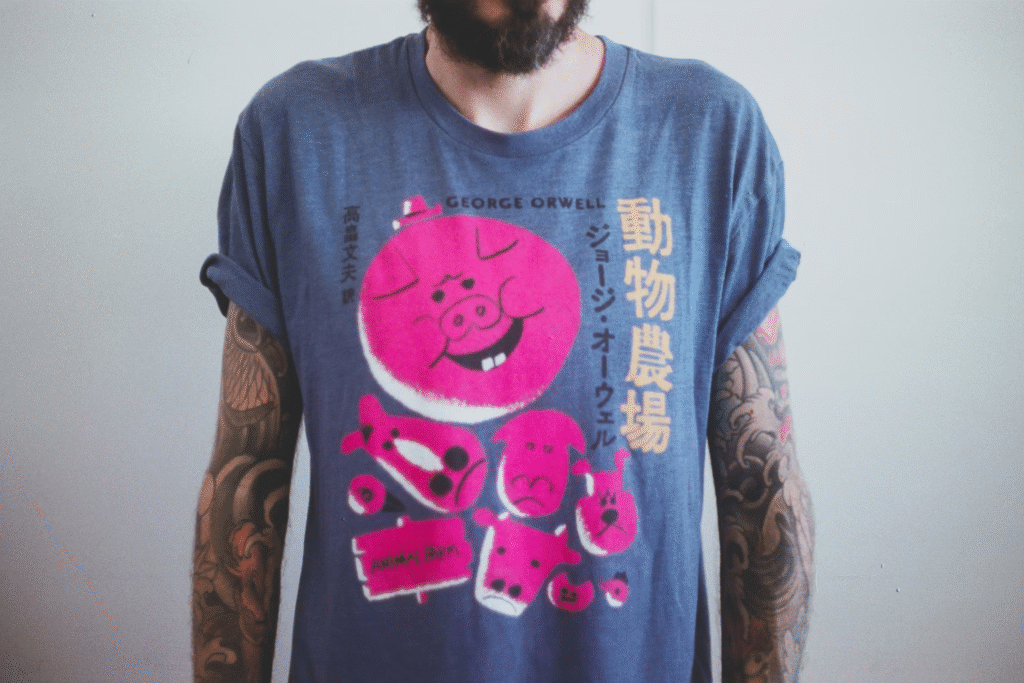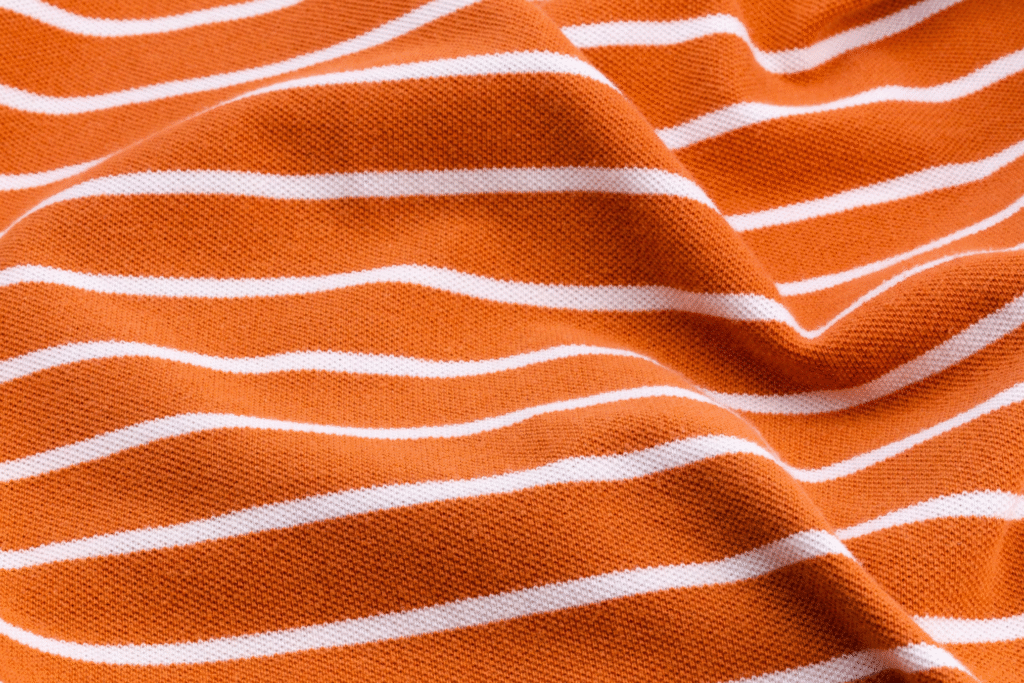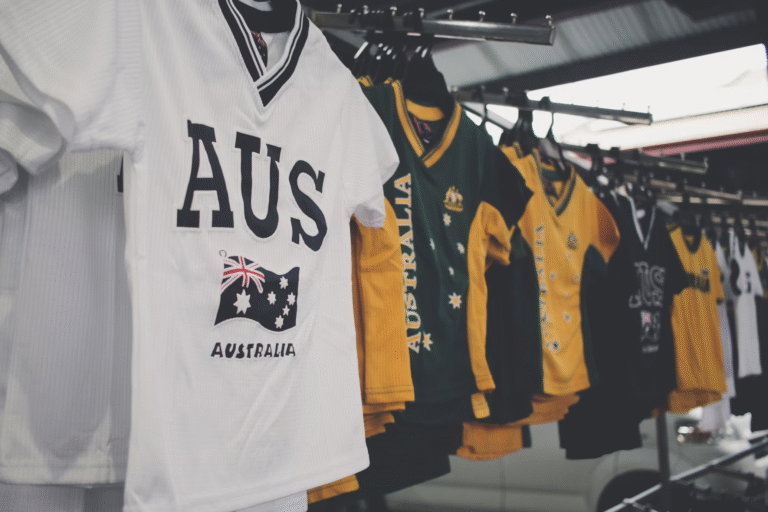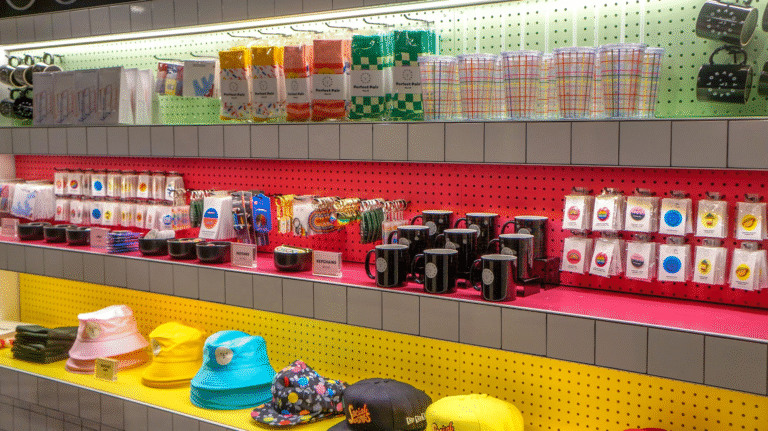T-shirt printing is a $45.52 billion industry, with numerous facets and niches still left to be filled out. With 2025 coming in, it’s a great time for any new entrepreneur to start their own million-dollar clothing brand business–and t-shirt printing is the perfect way to start. The design process is straightforward, there are plenty of resources to work with, and it’s very easy to pick up once you know the steps. Here are some essential t-shirt printing tips and tricks for your clothing brand this new year!
T-Shirt Printing Tips & Tricks
You may wonder what makes t-shirt brands so popular compared to other merchandise, like hoodies or shorts. Ultimately, it comes down to ease of printing and accessible options, as well as how creative people can get with their tops.
As such, the best tip you can first learn is to personalize and embolden your vision of your brand. There are plenty of shirt companies out there, but your brand should be the only one capable of reflecting your and your founders’ visions.
Making a design people want to show off
It can be hard to sell graphic or art tees. Designs are highly personalized and show a lot of character on the wearer’s part, so many people are cautious of wearing a random graphic tee from their wardrobe on any occasion. It’s also why minimalist designs have gotten more and more popular in the custom t-shirt scene.
That being said, it’s not necessary at all to stick to minimalism. What’s important is that you make a design your audience wants to show off or wear in their day-to-day lives. If you’re catering to young hipsters or artists, for example, go bold with colors and experiment with inspirations from the Old Masters. If you’re catering to professionals (i.e. business owners), keep the designs on the smaller, more subtle side.
Generally, this means being mindful of designs that age a shirt significantly. For example, humorous slogans tend to age poorly (especially puns) or end up sounding corny over time. Of course, you can make any design work with enough thought and effort, but always be mindful of your target market and how it’ll look on them a few years from now.

Knowing your (design’s) place
You may think that placing your design on the front chest of a shirt is a no-brainer–often, it is. But don’t overlook other parts of the humble shirt, or how you’ll be placing the design. A square image on the front of the shirt may be simple and sleek, but it can also look plain to some.
Don’t be afraid to try making designs small but impactful–like a print on or above the pocket, or along the collar or sleeve. Alternatively, you can also print designs on the back of a shirt, adding more layers to a shirt’s impression.
Choosing the right material and shirt
Once you’ve gotten your design down, it’s time to figure out what you’re actually going to print it on. There’s no real answer to ‘What’s the best fabric?’ since different brands have different audiences with different needs. You can ask for samples from your manufacturer (more on that in a bit), but it’s better to go to different department stores or textile sellers to check out the fabrics for yourself.
There are a few good indicators to show you what good fabric material feels like, but generally, if you want a premium-feeling fabric, stick to a decent mix of natural with some synthetics for longevity. Cotton and polyester are very popular options, and you can also try tri-blends or Rayon/Viscose options.
Check out our tips on how you can feel good quality fabric from just the touch for more details. Once you find a good fabric that works within your price and quality expectations, be sure to keep some as a sample for working with manufacturers later on.

Using the best print method for you
T-shirt printing methods are like fabrics and materials–there isn’t really a single ‘best’ option. However, there are a lot of great options that show their own fantastic effects and qualities.
There are five different popular types of t-shirt printing and plenty more with their own special effects (just look at our catalog of options for a taste of it!). Here’s a quick rundown on the most common types of prints and where you should use them:
- Direct-to-Garment Printing: Great for cotton fabrics with a lot of colorful detail. Somewhat costly for bulk prints.
- Direct-to-Film Printing: Great for most types of fabrics, shows off a lot of colorful detail, and is affordable in bulk. Produces a thin film layer.
- Screen Printing: Great for cotton and other cotton blends, shows off simple and poppy designs. Most popular bulk print option.
- Embroidery: Great for thicker fabrics like denim, looks great for traditional and simple designs (i.e. flowers).
- Puff Printing: Great for any type of fabric, perfect for poppy graphic design (especially for slogans or fonts).
You can read our guide on the five most popular printing methods for more detail on each option. However, whichever option you choose, don’t forget the most important part of starting printing your t-shirts for a clothing brand:
Working with a great manufacturer
A clothing brand is often only as good as their clothing manufacturers. Whatever design you make, it’ll ultimately depend on the manufacturer to bring it into reality.
A good guideline on which manufacturer you should work with comes from their clients. Dig around through your favorite brands or clothing empires–you’ll likely find the manufacturers they work with, and you can be sure they’ll do good with your product.
Alternatively, you can also look up listings of manufacturers from Alibaba, Sewport, or other yellow page-like directories. Be sure to check credentials and previous references before agreeing to any contract with a manufacturer.
Looking for a manufacturer and help with planning, producing, storing and distributing your new clothing brand’s t-shirts? Shirtual’s one-stop solutions provide an all-in-one service covering your manufacturing and worldwide distribution needs. Figuring out t-shirt printing for your new clothing brand can be challenging, especially when you’re also focusing on marketing, social media hype, and other essential aspects of a clothing business. Focus on your branding–let us help with the rest.






